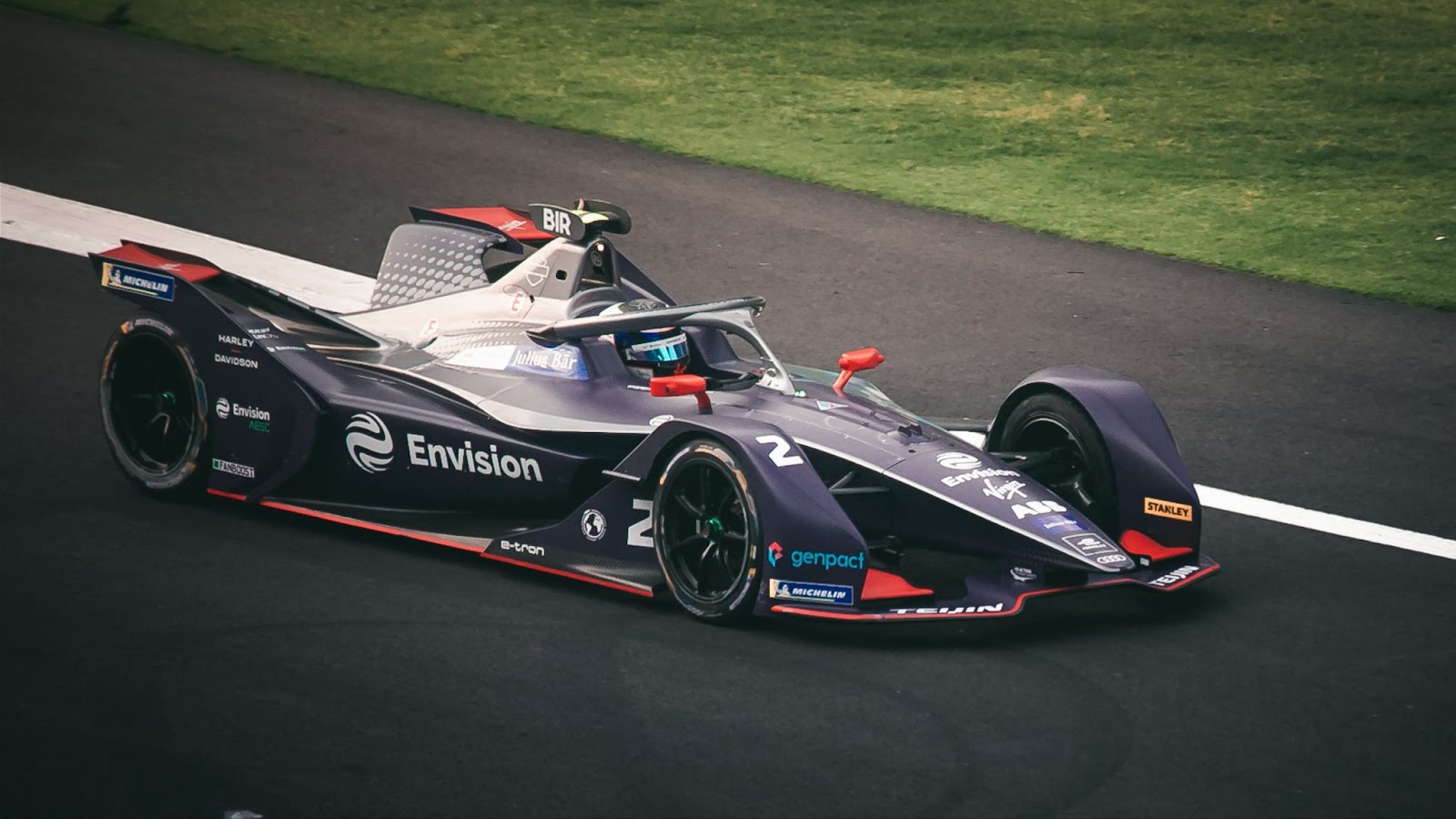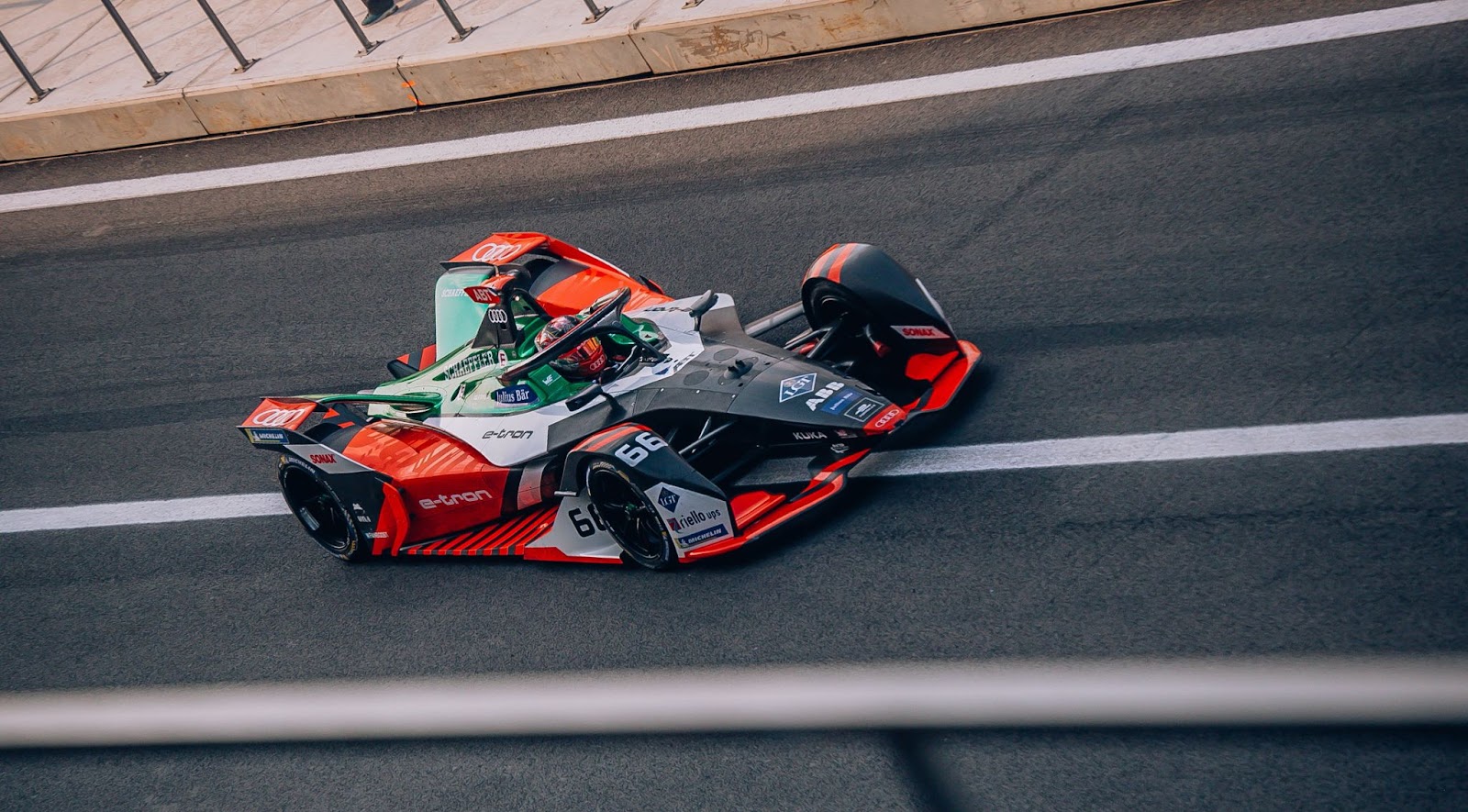Premier electric racing circuit Formula E is a unique business venture. As the motorsport industry grapples with climate change and calls for updated sustainability measures, a few electric-only racing leagues exist. Formula E and its rally-car counterpart, Extreme E, are some examples.
Formula 1 (F1), World Endurance Championship, NASCAR, World Rally Championship, and other elite racing leagues have announced they will implement hybrid engines and use sustainable rubber tires. It remains to be seen how these measures will affect entertainment value and revenue streams.
Formula E, which held its inaugural season in 2014, is a step ahead. Since it’s already an electric-only event, motor improvements will increase the intensity of races. Better races bring in more viewers, raising intrigue about how much money the league can bring in.
The company has suffered hefty losses in its nine years of operations. However, it’s also generating record revenues at the same time.
Formula E’s 2019 fourth-quarter accounts reported losses of nearly $29 million while bringing in $149 million. Several high-profile sponsorships contributed to the increase in revenue. That’s allowed the 14 teams on the circuit to mitigate operating costs. In 2022, accounts reported the racing outlet earned $194 million (181 million euros) while losing $16.3 million (15.2 million euros). It has been able to turn a profit every season since 2016, cracking the 100 million mark in 2018.
As Formula E has grown, so have the races, the number of race teams, and the fanbase. It’s carved out a respectable niche, from mainstream journalistic coverage to YouTubers doing their best technical analysis. Formula E is watched by more than 300 million people globally as of 2022. That’s a 20% increase from 2021. Online viewership spiked to around 5 million followers and 189 million views, up 15% from previous seasons.
According to Forbes, running a Formula E team is about 4% of running an F1 team. Part of that is the attraction for car manufacturers to join the competition. BMW, Audi, Mercedes, Nissan, Porsche, and Jaguar are notable team partners.
Mercedes has a strong presence in F1 with its Petronas team and is the engine supplier for Williams Racing and McLaren. McLaren also has a Formula E team.
Forbes pointed out that the closest comparison to Jaguar’s Formula E team was F1’s Toro Rosso, known today as Scuderia AlphaTauri. AlphaTauri has the luxury of being backed by Red Bull, serving as the mid-table/driver development team for Red Bull Racing. Jaguar, owned by India’s Tata Motors, spent around $15 million on electric racing costs, only 6.4% of AlphaTauri’s budget in 2018 ($181.5 million on racing expenses).

Photo Courtesy Alex Wolf Mx
There is a considerable wealth disparity between F1 and Formula E, which are governed by the FIA, international motorsport’s watchdog organization. F1 has more than 50 years of history and attracts major sponsorship while having top manufacturers build its cars. Formula E is still catching up, yet these two competitions are more similar than people think.
Formula E teams and drivers earn cash through sponsorship and winning races. Finishing in a high position in the table guarantees better payouts at the end of the season. Races occur in major metropolitan areas like Shanghai, Tokyo, New York, Sao Paulo, and Mexico City. Formula E even has its own Monaco Grand Prix.
Formula E’s popularity has brought more broadcasting opportunities. It recently signed an American-centric deal with Roku and CBS that will kick in January 2024, its 10th season. Five races will be on cable, and all races will stream on Paramount+. Roku customers can watch 11 races across Roku’s independent channels. Financial details weren’t disclosed, but it is assumed a good amount of money was involved.

Photo Courtesy Alex Wolf Mx
Formula E implemented a cost cap earlier than F1 in 2014 with a $3.3 million spending budget. That move tempted IndyCar to put a team on the circuit. Since then, the cap has increased substantially as Formula E’s popularity soared. It allowed teams to operate modestly, which also intrigued manufacturing teams. For example, Porsche can fund a Formula E team while allocating funds for its World Endurance Championship team.
When F1 introduced its cost cap in 2021, the changes came to almost all FIA-governed racing outlets. As reported by The Race, former Formula E CEO Jamie Reigle worked with Deloitte and several race team executives to create the new cost cap. The budget has increased to around $14 million (13 million euros) and potentially $17 million (15.7 million euros) by 2026. This money will go toward operation costs, drivers’ salaries, and other racing-related expenses.
The use of a cost cap is interesting. “The view from many in the paddock is that the financial regulations are long overdue but simply don’t go far enough,” Sam Smith at The Race wrote. “Disparities between more financially resourceful manufacturers and the less so will still be the same, just now within specific parameters.”
He’s referring to the gap between teams like Nissan or McLaren, which have billions in capital, and Mahindra and NIO 333, which don’t have the same resources.
In F1 terms, this is the equivalent of Williams Racing trying to compete financially with Ferrari. They simply can’t or lack the brand power — a cost cap attempts to alleviate that in some form.
Has it worked? The winners of the last five constructors have been Renault, DS Automobiles, and Mercedes EQ. Jean-Éric Vergne is the only Formula E driver to win the championship twice. Comparably, Mercedes and Lewis Hamilton dominated F1 from 2014 until 2021, though now it is tilting toward Red Bull and Max Verstappen. Formula E has had more winners since then.
Another unique facet of Formula E is driver development. Some are known to work in other racing ventures if they can’t cut it in the top divisions.
Dutch driver Nyck De Vries is joining Mahindra for the 2024 season after spending 2022 and 2023 with Williams and AlphaTauri in F1. That was after he won the Formula E championship in 2020–21 with Mercedes. De Vries never performed to standard in F1, prompting him to return to the electric-only race. Though he may not have flourished in F1, these drivers are skilled enough to cross over.
As motorsports shift to more carbon-neutral operations, electric or zero-emission racing will become more apparent. F1 has already told teams to introduce more electric power starting in 2026, making Formula E ahead of the curve in that regard. Those cars won’t ever be as fast as F1’s, but they don’t necessarily need to be. Formula E will have no problem attracting more investment if races are intense and the fight for points in the table is fierce.





